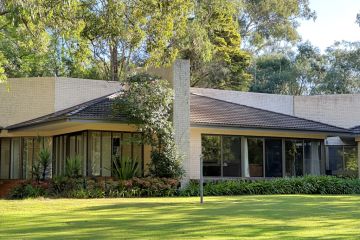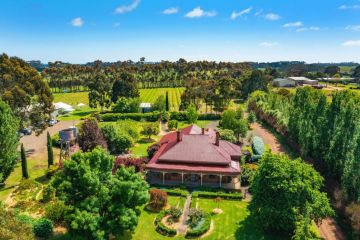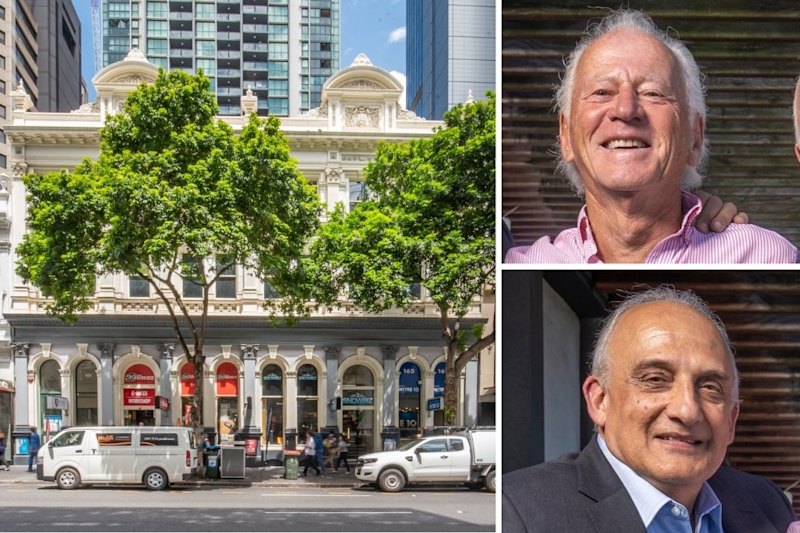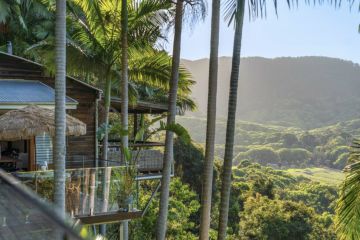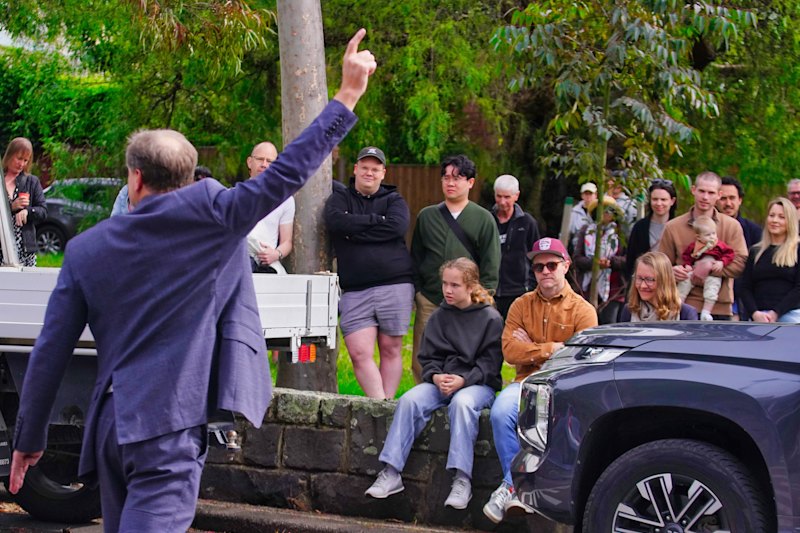How Darren Palmer began climbing the property ladder
The year was 2004. I was 27 and desperate to get into the property market because I felt time ticking and the market starting to call me. I’d spent years building my business and had just travelled the world, but found myself depressingly short of funds, definitely short of the 20 per cent plus legals I needed to put a deposit on a property. Luckily, I had a few friends who were in the same situation.
We decided we would pool our resources and buy an investment property. I had a small amount of money and was fortunate to get a loan from my parents to help me chip in my quarter of the deposit, which was 20 per cent of the purchase price I needed on what was then a $300,000-ish new house-and-land property on the outskirts of town.
That was where we felt we had to buy to get a foothold in the market, though it was always going to be somewhere to park money and wait, perhaps up to 10 or 15 years until we started to see any real return in capital growth.
My goal at the time was to renovate, so my buying partners and I discussed the possibility of purchasing a small apartment in Sydney’s Potts Point. We found an apartment next door to our good friends, a place I had visited many times and a building I coveted due to its neoclassical architectural appeal.
We found ourselves short of funds and with no equity built up in our investment house-and-land property, so we turned to one of the partners’ parents for a loan for the full amount of the deposit and legals, which they lent us against the value of their home – a risk for everyone involved.
It was far from a reckless decision though, as the small two-bedroom apartment in Potts Point was worth $440,000. With a year of renovation costing $60,000, due to the amount of blood, sweat and effort my partner and I put into it, the apartment was transformed and featured in Belle magazine, and later in my own book, HomeSpace.
For the $60,000 invested, I was able to open up the front room and connect it to the middle of the apartment by removing a wall where I located the kitchen and dining room in a lighter and brighter, central area of the home.
The big, front-facing bedroom was repurposed as the lounge, with the rear kitchen becoming a second bedroom to make up the deficit on the floor plan, so as not to adversely affect the full value of the property.
- Related: A look inside Darren Palmer’s kitchen
- Related: Technology that makes your home life easier
- Related: Where to start when designing a master bedroom
From there, we were able to build some equity through the improved value of the apartment, due to the renovation and buy a small bolt hole up the road in a building called Cahors, an equally desirable art deco marvel of the Potts Point area.
I lived in this tiny shoebox apartment for three years as a boring white shell, but was able to renovate it for $40,000 by again rolling up my sleeves and taking on a lot of the plastering, sanding, painting, project management, design and even installing some joinery.
A new bathroom and kitchen were installed using pre-made and flat-packed options, where possible.
Refinishing the floors, opening a new doorway to allow for more privacy and a better connection to the city views, afforded to the living and bedrooms, increased the value of the apartment beyond what was spent on it. So with three property transactions and two renovations, we were starting to get some traction in the property market. That’s the thing about starting out; you need to make sacrifices in what you want, be willing to buy something nobody else sees value in and then spend the time, effort and money to realise its best potential.
Those three properties were the foundation of my partners’ and my financial future. From meagre and shared beginnings, we were able to pool resources, leverage each other’s strengths and start our paths in property acquisition.
We’ve since sold out of our partnership, paying back our parents and provided ourselves with funds we could direct into our own endeavours. It’s worth considering in today’s seemingly impossible market to see if there are creative ways to use the strengths within your sphere to get a start in the market. It’s also good to understand that from little things big things grow.
HomeSpace by Darren Palmer, with photography by Felix Forest (Murdoch Books, RRP $39.99).
We recommend
States
Capital Cities
Capital Cities - Rentals
Popular Areas
Allhomes
More
